Criminal justice after austerity: are there radical possibilities?
Promising greater police numbers may suit the current political mood, but Jeremy Corbyn’s Labour should be looking at more creative alternatives when it comes to protecting the public
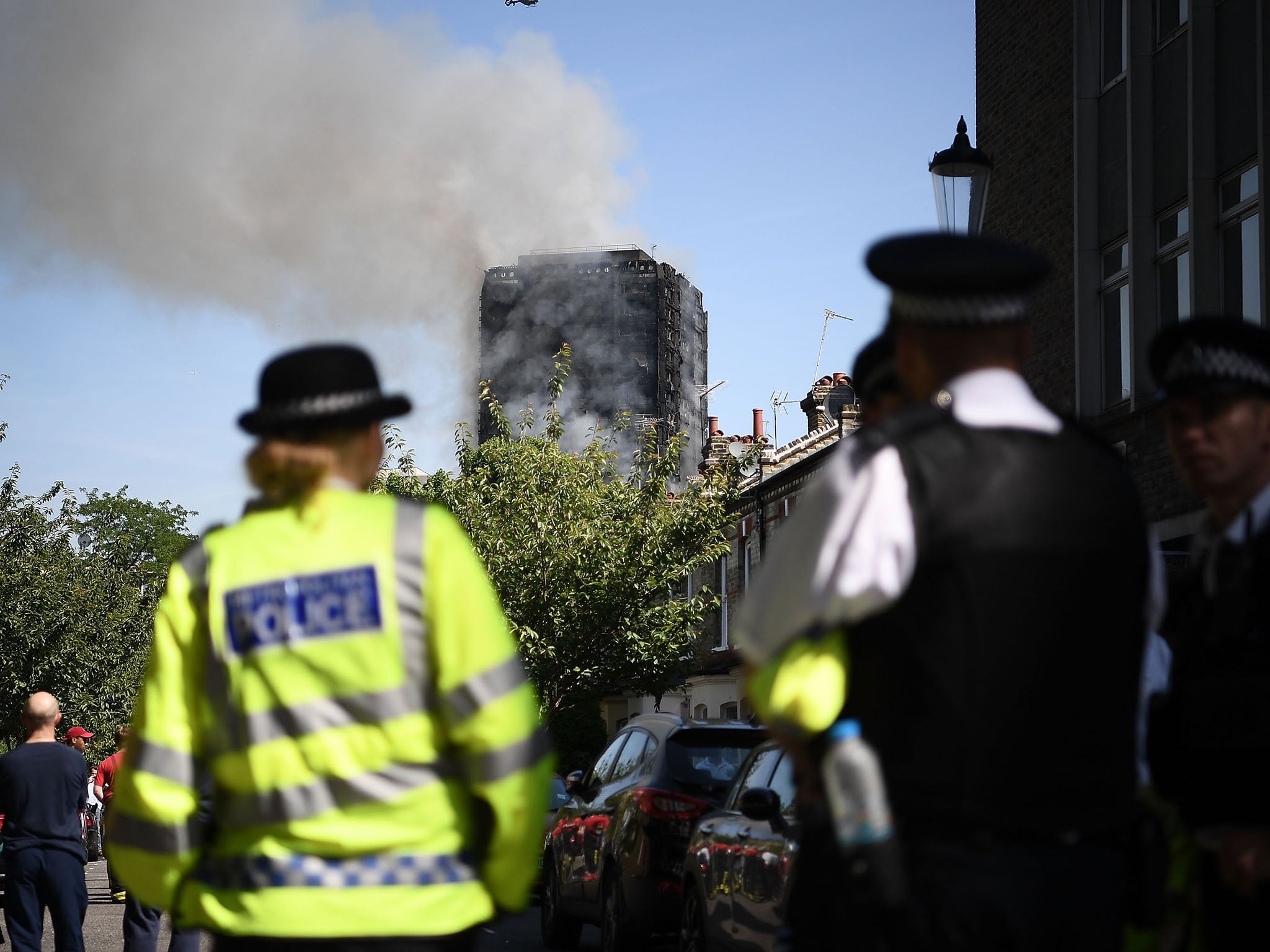
In April 2017, Theresa May called a general election to secure a mandate to deliver Brexit on her terms. As the campaign unfolded, rather than the departure from the EU, it was the funding and delivery of public services that came to the fore. Schools funding, the privatisation and funding of the NHS, and cuts to police numbers emerged as significant issues upon which the election battle was fought.
The launch of the Conservative manifesto, including proposed measures on social care, quickly dubbed as a “dementia tax”, and the ending of the triple lock on pensions, seemed to open a Pandora’s box of criticism about a decade of budget cuts to public services following the financial crash in 2008.
Public institutions had been abolished, reconfigured, slimmed-down, privatised and put on meagre rations under the austerity programme introduced by the Coalition government in 2010. There appeared to be little sign of a change in direction in the 2017 Conservative manifesto.
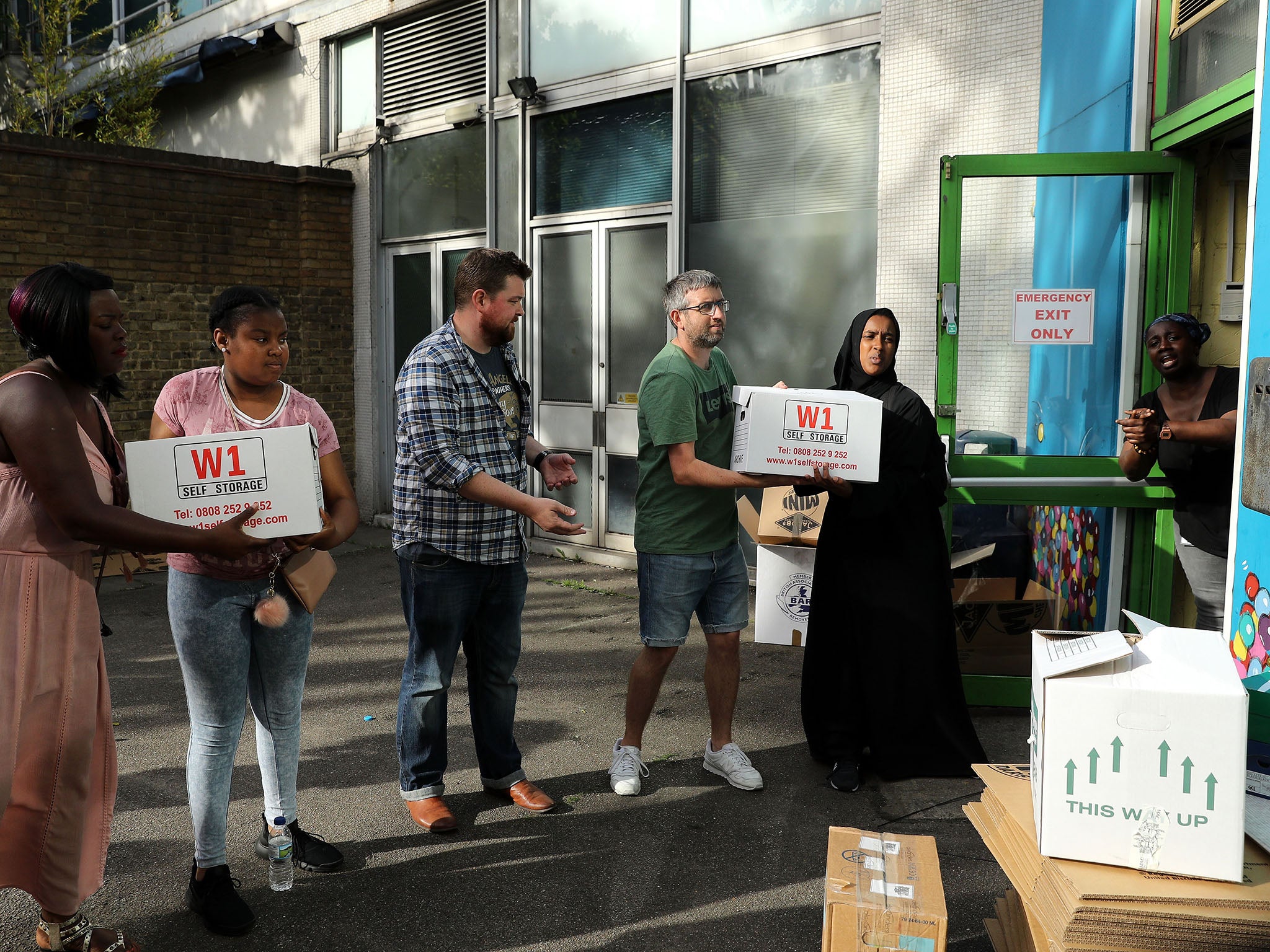
Local government, which had suffered the deepest cuts of all, did not really figure in the debate, despite suffering huge disinvestment over a number of years. The abandonment of large sections of the population became visible following the Grenfell Tower disaster. Instead of a co-ordinated local and national state-sponsored response, it seemed the residents of Grenfell had to fall back on the “big society” until ministers were pressured into action.
The violence of austerity
Vickie Cooper and David Whyte, describe the multiple ways that austerity has unleashed social violence among the population. Their new book, The Violence of Austerity, launched during the election campaign, offers a stark account of the many ways that people have been “cut off from their most basic entitlement to: housing, food, health care, social care, and general protection from hardship”. Writing during in the midst of the campaign, they concluded that “both the economic madness and the vicious cruelty of austerity have almost been written out of this election”.
However, in the days that followed, the debate took an unexpected turn, prompted by horrific terrorist attacks in Manchester and London. Cuts to police numbers became a hot topic and the Conservatives were heavily criticised for budget and staffing reductions. Labour promised to fund 10,000 more police on the streets.
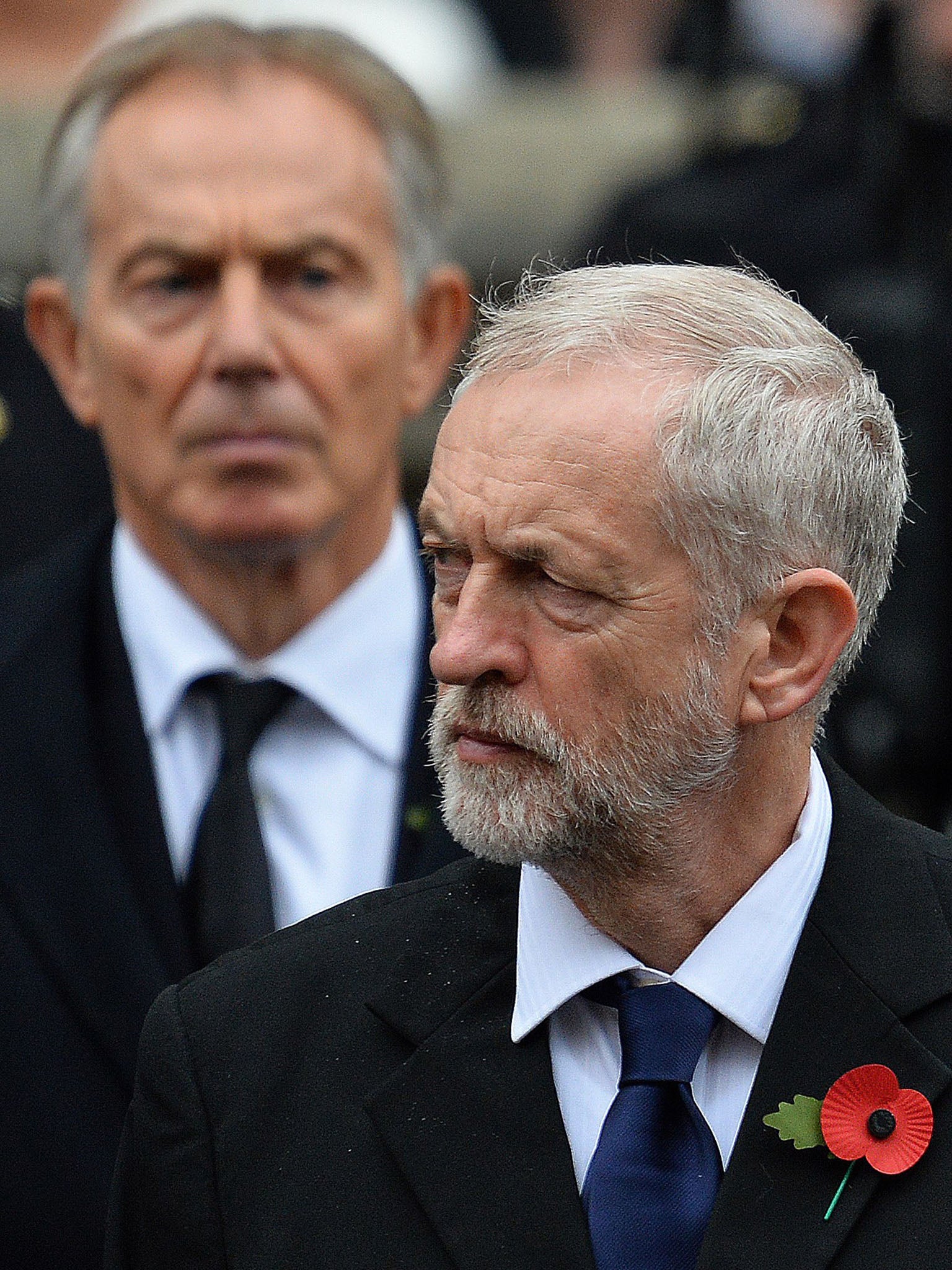
It is perhaps an irony that the years of “triangulation” by Tony Blair’s New Labour on the question of policing may yet be helping to pave the way to Downing Street for another form of “new” Labour, Blair’s bete noir, Jeremy Corbyn. In the final days of the election campaign, the Labour Party subtly but ruthlessly critiqued both Blair’s foreign policy and May’s previous record as a Home Secretary who had cut police numbers. Corbyn, the man previously thought “unelectable” by the chattering classes and the Westminster bubble, began to gain ground in the polls.
Long-term trends
Yet, had austerity cut that deep into police officer numbers over the long term? In 1996, prior to Blair’s victory, the total was 125,000; in 2016 it stood at 121,000, a marginal drop in numbers over a 20-year period, and one that might be expected in terms of productivity gains in any organisation, especially given the introduction of new technology. In fact, overall total workforce figures have actually risen from 182,000 to 197,000 in the same period, indicating a displacement from beat to desk work. Of course, there was retraction from 2010 but only to restore numbers to levels viewed as acceptable a generation ago.
During this time the police have also taken on many extra responsibilities. Will McMahon has written about demands placed on the police, describing how in the space of a generation, the public have become increasingly likely to call on them. In the face of broader public service cuts, especially at local government level, the police have been expected to pick up the pieces.
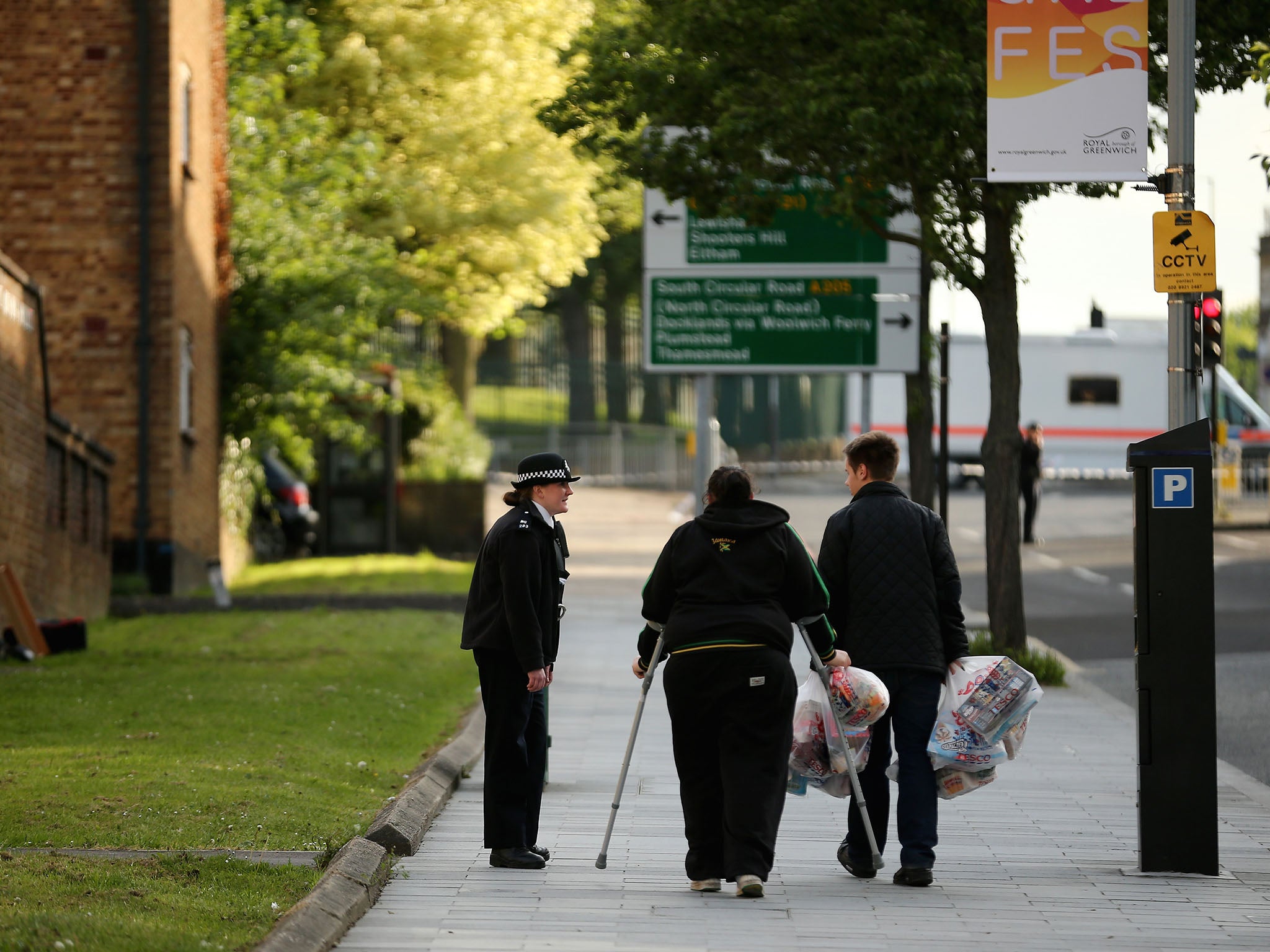
The College of Policing estimates that around 84 per cent of all incoming calls to command and control centres are for “non-crime” incidents. Rather than law breaking, the core business of police work today is on something officially defined as “Public Safety and Welfare” – mental health, child protection, missing persons and suicides.
In April of this year, Sir Thomas Winsor, the chief inspector of constabulary, said: “The police are considered to be the service of last resort. In some areas, particularly where people with mental health problems need urgent help, the police are increasingly being used as the service of first resort. This is wrong.”
Chief constable of Devon and Cornwall Police Shaun Saywer has threatened the local NHS trust with legal action after a shortage of mental health beds led to police being forced to hold people in cells.
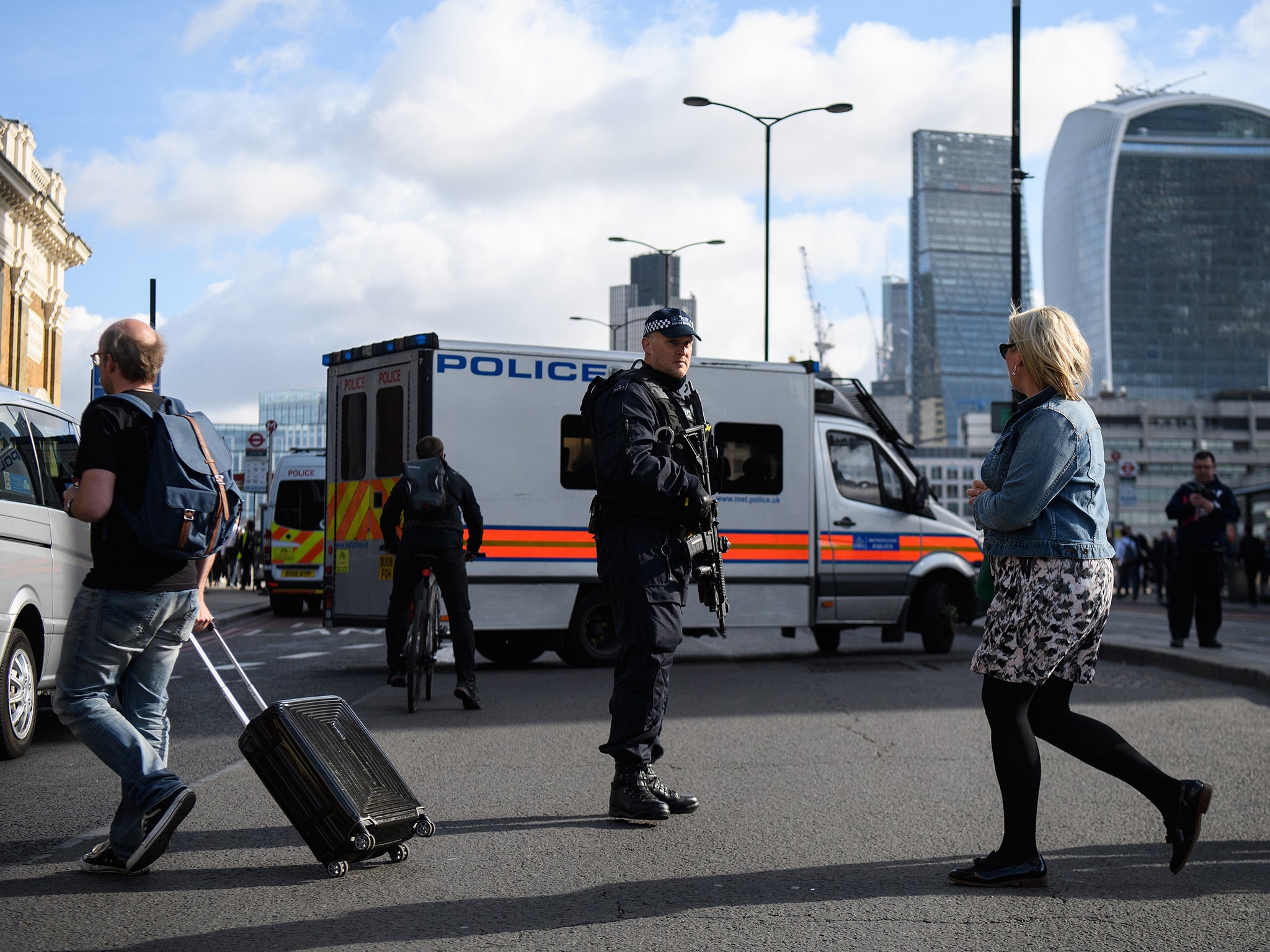
Those favouring a Labour victory in the recent campaign may have revelled in the sight of a radical new leader skewering a Tory prime minister on the question of police numbers on the beat. However, the answer to the pressure that the police are currently experiencing might not be found in Labour’s 10,000 police but in 10,000 extra social workers, mental health workers and the like. Community safety is not the sole preserve of the police. It is hard to see, for example, how having extra police officers on the streets in Kensington and Chelsea would have prevented the deaths in Grenfell Tower.
Transforming society
In the days since the election, police resources have remained high on the agenda, with senior officers raising concerns about the ever-increasing pressures faced by the service, especially as staff are redeployed to counter-terrorism duties. Policing groups and Labour continue to push for more police on the streets, peddling the misguided notion that this would be an inherently good thing.
In the aftermath of the exceptional bravery and heroism displayed by police officers during recent terrorist attacks, it seems almost heretical to question any expansion of police resources. We must not overlook the darker side of policing in terms of institutional racism and the overwhelming focus on black youth and poor communities. If we want to take seriously the problems of violence and harm in society then we need a new approach.
As both austerity and the economic crisis have wreaked havoc in society, the impulse to punish and control has trumped any commitment to taking seriously people’s needs. We need to look beyond the narrow confines of our existing legal system, police force and prison system.
To take law breaking and harm seriously, we need to reconfigure how we think about “safety” in society. Law breaking and harm have many complex sources, many that simply cannot be addressed by more police on the streets. In simple terms, if some of the problems we face include violence, mental ill health, poverty, and yes, harmful deregulation, then the “one-size-fits-all” solution of criminal justice is not the answer.
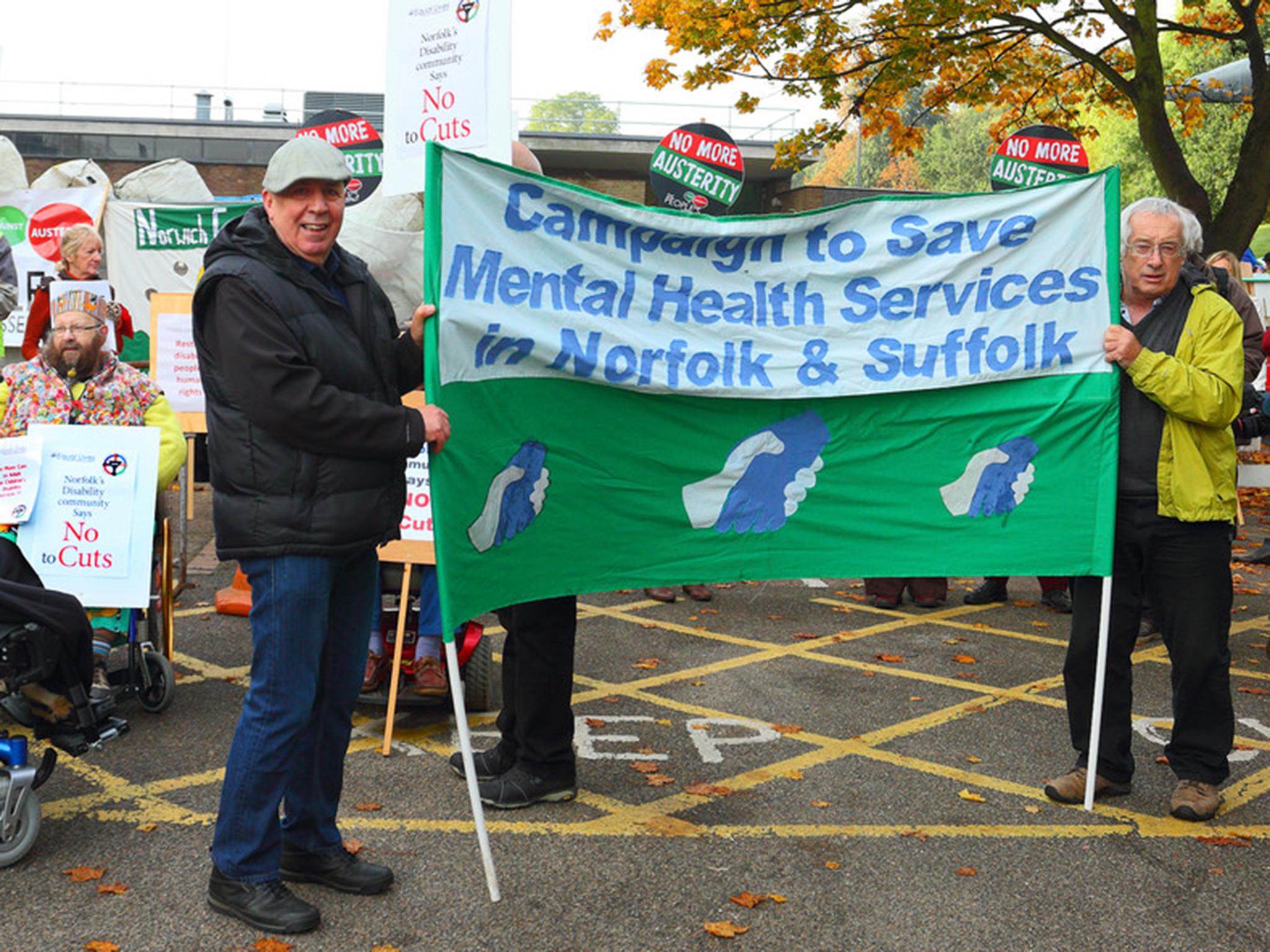
What is required is a managed and strategic withdrawal of policing from a range of social work functions. There is clearly a need for visible, local and accessible support workers. Rather than expanding the capacity of the police to fill the vacuum left by austerity – what is required is a shift in government budgets away from policing and towards services and training of staff who are focused on reducing harm and meeting needs. This would include housing workers, youth workers, community safety workers, health and safety workers, environmental safety workers.
This could free up the police to focus on more serious public protection issues of violence – terrorism for example. This would imply a significantly smaller and specialised policing function.
After austerity
We need state-led and community-led interventions to respond to and tackle harm. However, the risk is that by focusing on police numbers, we forget to take seriously the root causes of harm and their connection to social and economic arrangements.
The electoral and political landscape has suddenly shifted and the opportunity for radical social change suddenly seems possible. If austerity is, indeed, starting to crumble then this is a huge opportunity to not only invest in public services, but to rethink their configuration and purpose. If we want to take community safety and harm seriously, the answer shouldn’t be more police, courts and prisons. The answers are out there. We just need to start asking the right questions.
Rebecca Roberts is senior policy associate at the Centre for Crime and Justice Studies
Bookmark popover
Removed from bookmarks